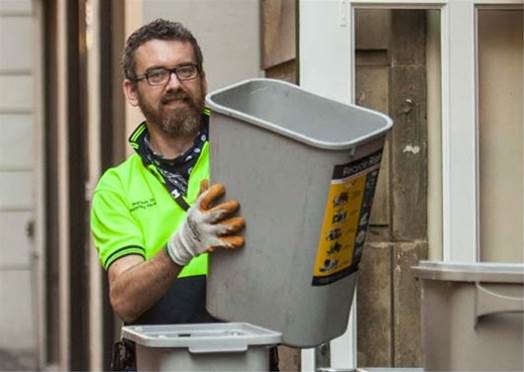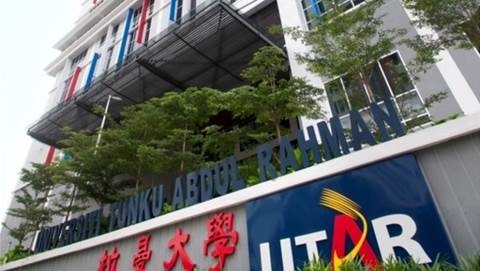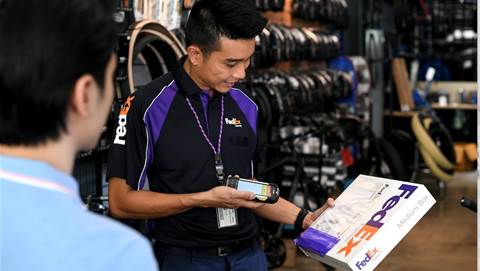The City of Melbourne is conducting a trial using Nokia Scene Analytics AI technology to develop a deeper understanding of waste disposal behaviour. This will allow the city to tackle the issue of waste dumping more efficiently and keep laneways – the busy and narrow city streets and pedestrian areas – cleaner, safer and free of garbage.
To decrease the frequency of waste contractor visits to busy areas, the City of Melbourne has offered local residents and businesses subscription-based access to the large-capacity compactor facilities. With the compactor in place, the City Council wanted to understand how the service was being utilised and how to mitigate illegal waste dumping, which can quickly create safety and hygiene issues in the area.
Under its ‘emerging technology testbed’ initiative, the city worked with Nokia to leverage an existing network of installed cameras as IoT sensors to monitor one of the compactors. The Nokia’s Scene Analytics solution employed an AI-powered algorithm to filter and collate data from the cameras, while also combining other data sources, such as operational data on the compactor itself, to create real-time alerts and produce reports.
The trial allowed for real-time monitoring and detection of activity in the vicinity of the compactor using a virtual tripwire. Object detection and object counting was used to identify and count items to show how the compactor was impacted by items incorrectly placed within it, while also identifying potentially dangerous items.
Anomaly detection identified unusual movements, such as illegal waste dumping during the night, while face and license plate blurring maintained individual privacy during the trial.

Melbourne wants to be free of garbage
Better safety and lower maintenance costs
Using these reports, the City of Melbourne could better understand the correlation between illegal waste-dumping activities and compactor downtime, to keep maintenance teams better informed and minimise issues. It also allows them to swiftly address waste dumping activities before they become a hazard, viewing locations in real-time to observe any obstructions to service vehicle access, and adapting their schedule to reduce unnecessary visits and minimise their carbon footprint.
By understanding patterns of compactor usage and waste dumping activities, the City of Melbourne is also able to patrol the area more effectively, while developing an ongoing campaign to better inform and educate the community.
Initial trial results demonstrate that Scene Analytics can provide better, safer citizen experiences while simultaneously lowering maintenance and down time costs for waste management services.
“This is a great example of using new technology to help remove illegal waste more quickly, make our city cleaner and protect the environment. This innovative project will help to avoid hazards and make our streets even cleaner by allowing our waste services to better understand behaviour trends related to the illegal and dangerous dumping of waste,” said mayor Sally Capp from the City of Melbourne.
“The City of Melbourne is using robust AI technology to offer its citizens, visitors and businesses a greener and more liveable community” said Rob Mccabe, Head of Enterprise of Australia and New Zealand, Nokia.









